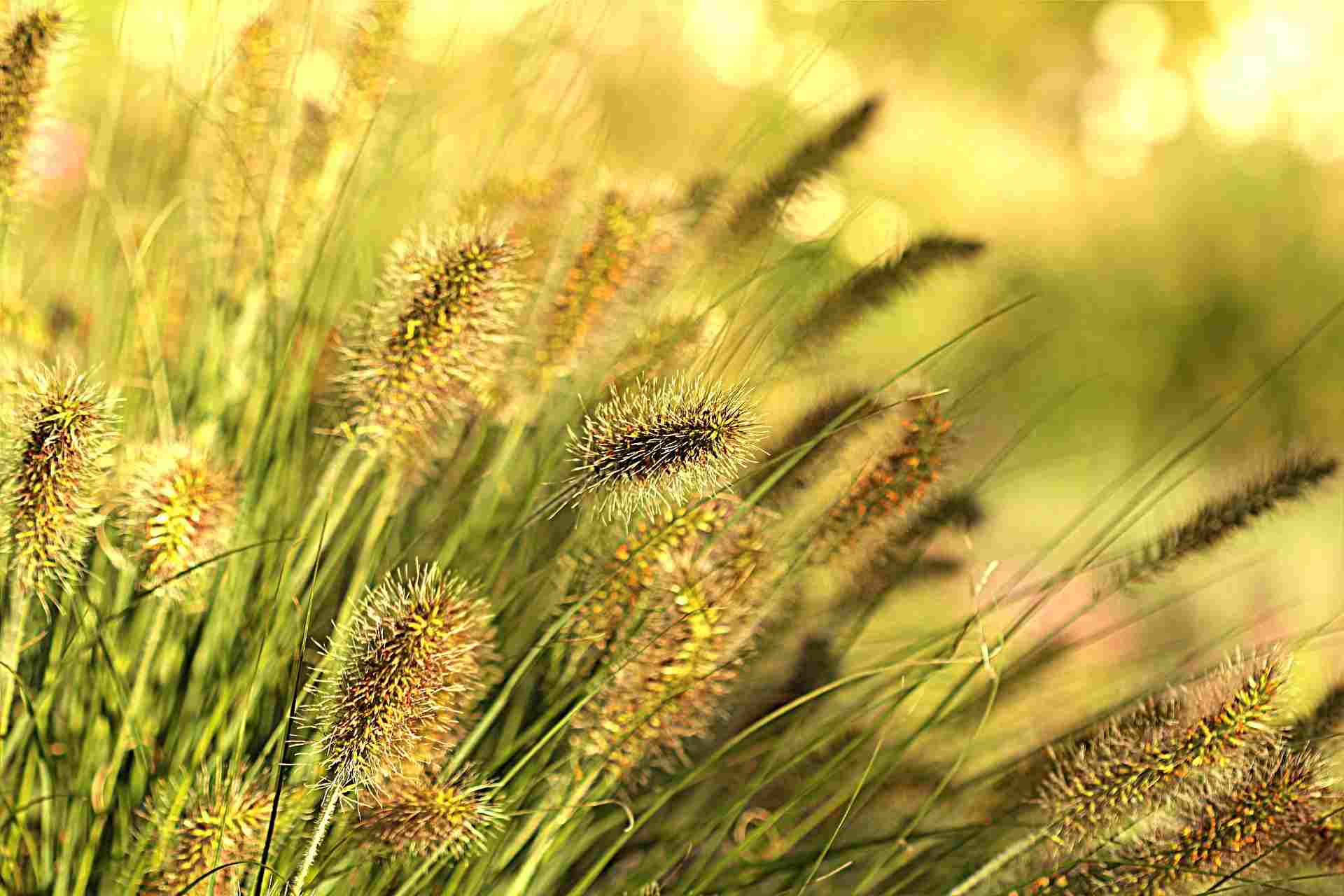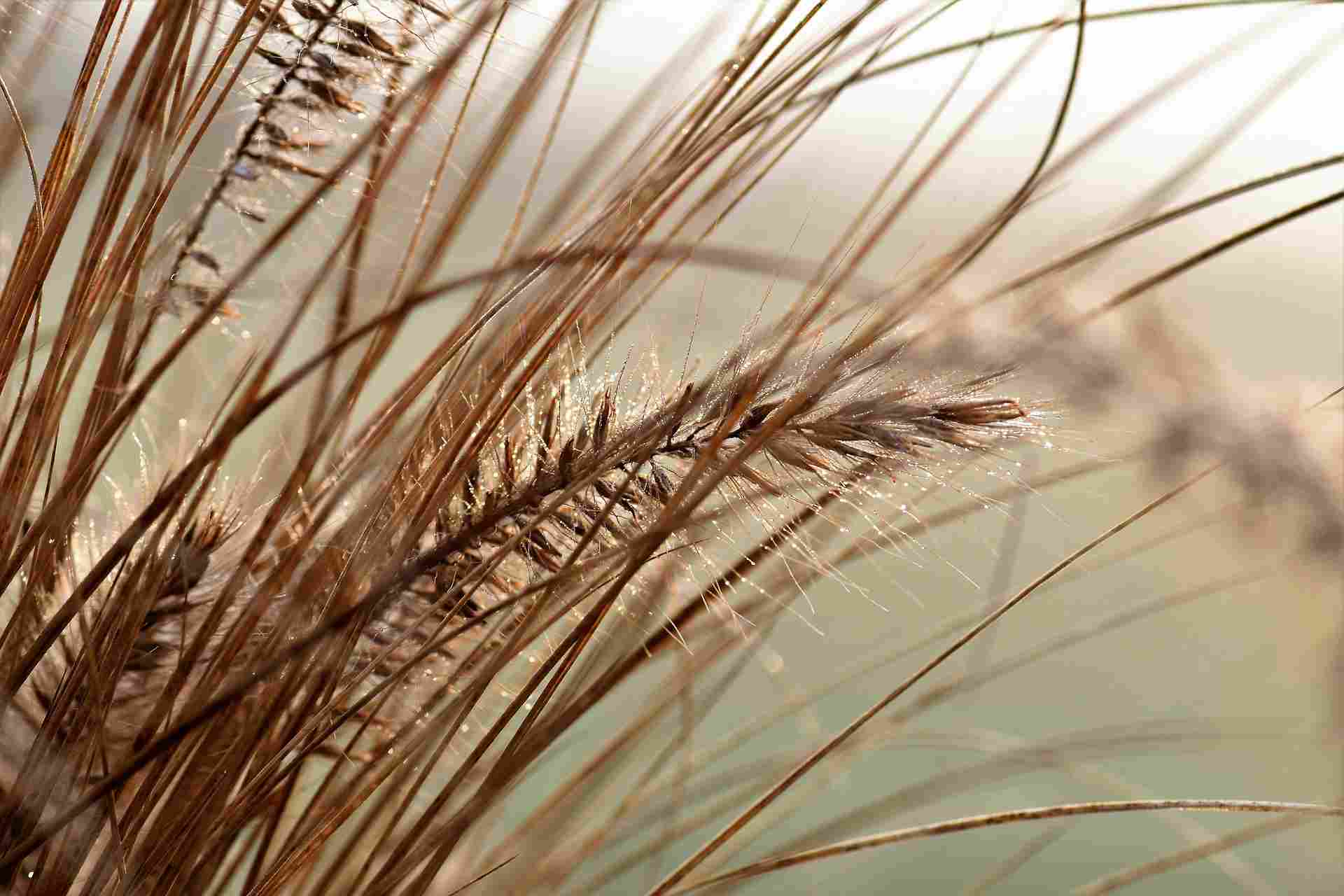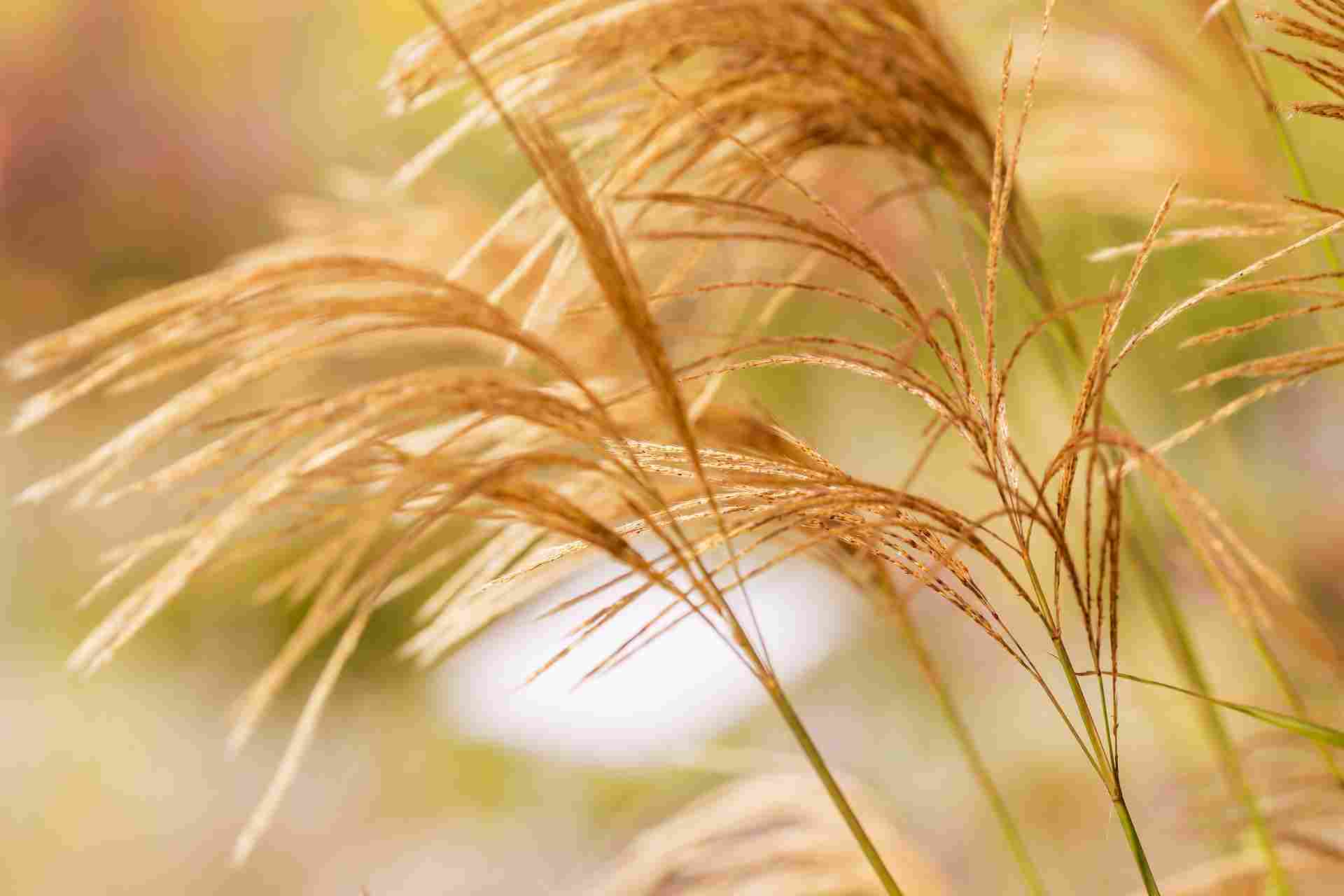
Cutting back ornamental grasses
Find out when and how to prune them!
Contents
In northern gardens, ornamental grasses are sometimes the only winter spectacle. They become frosted, sway with the wind, and brighten our dull gardens at the first ray of sunshine. Highly valued, grasses are precious for bringing lightness and movement to flower beds! They are also easy to grow and require little maintenance. However, to preserve their shape and beauty, some species need to be cut back to ground level… but beware, this isn’t the case for all: avoid interfering with evergreen species. Discover which grasses are affected and how to proceed!
Which grasses should be pruned?
All ornamental grasses can be pruned, but pruning is less necessary for evergreen varieties than for deciduous ones, whose dried foliage ages poorly after some time. Evergreen grasses, such as carex or festuca, can simply be tidied up by removing dry or damaged leaves. Deciduous grasses (miscanthus, pennisetums…) should be cut back to ground level to encourage new stem growth.
Read also
Planting ornamental grassesWhen to prune ornamental grasses?
Do not prune ornamental grasses in autumn or early winter, when they are decorative and add movement to the otherwise still garden during this season.
Grasses should be pruned in late winter, ideally after the harshest frosts, and just before new growth begins, in February or March. Pruning too early removes a natural “anti-frost” protection; too late risks cutting the new shoots along with the previous year’s dry stems.
How to prune ornamental grasses?
We recommend using shears or a hedge trimmer. Adjust the cutting height according to the size of the grasses: 10 cm from the ground for the smallest varieties, and up to 20 or 30 cm for the taller ones. Caution is advised as some grasses have stems that can be sharp. Don’t forget to wear gloves to avoid cuts!
Opt for a rounded cut rather than a straight, “brush-like” trim: this will provide a more natural and aesthetic result.
This is also a good opportunity to do some tidying around the clumps, by weeding and lightly hoeing the soil. For less fertile soils, adding some compost or a suitable fertiliser (such as 7-4-10) can promote growth and flowering.
- Subscribe!
- Contents




































